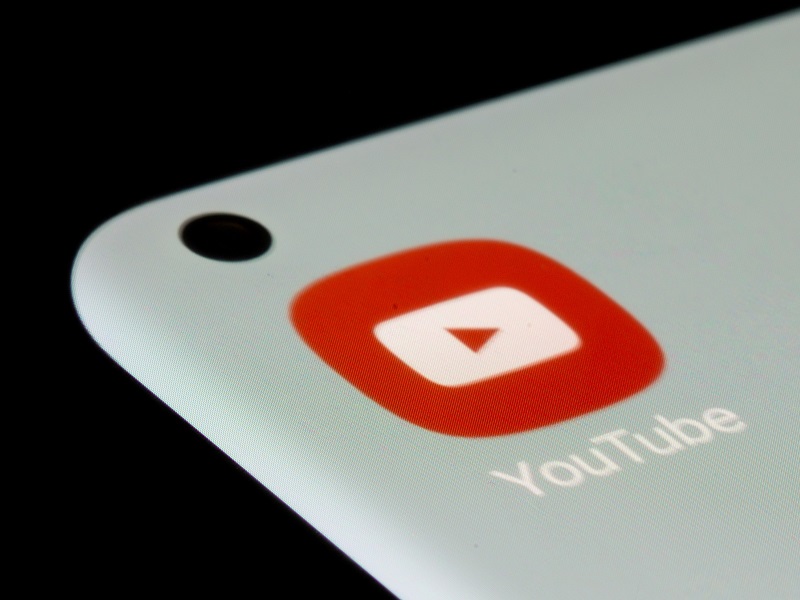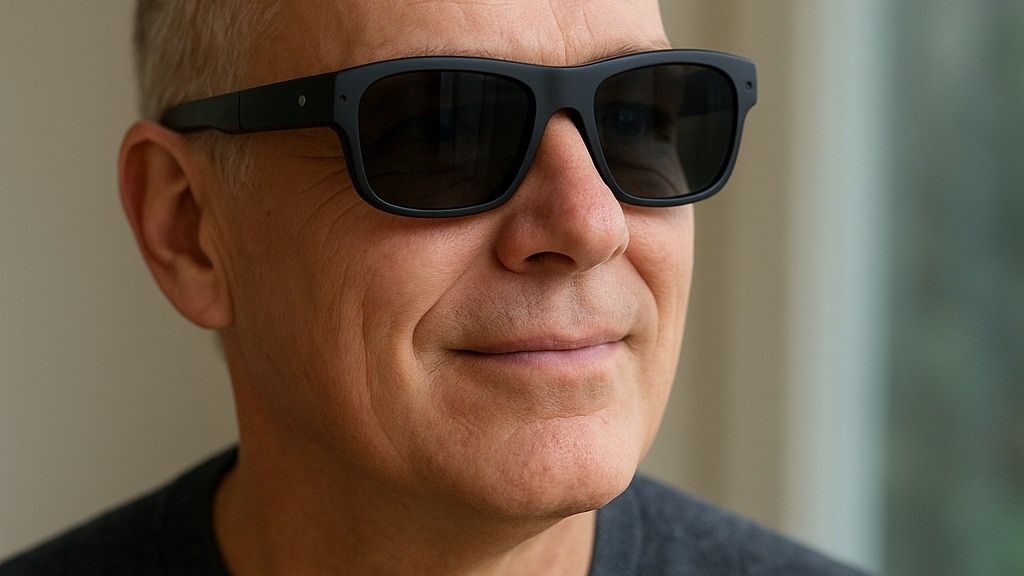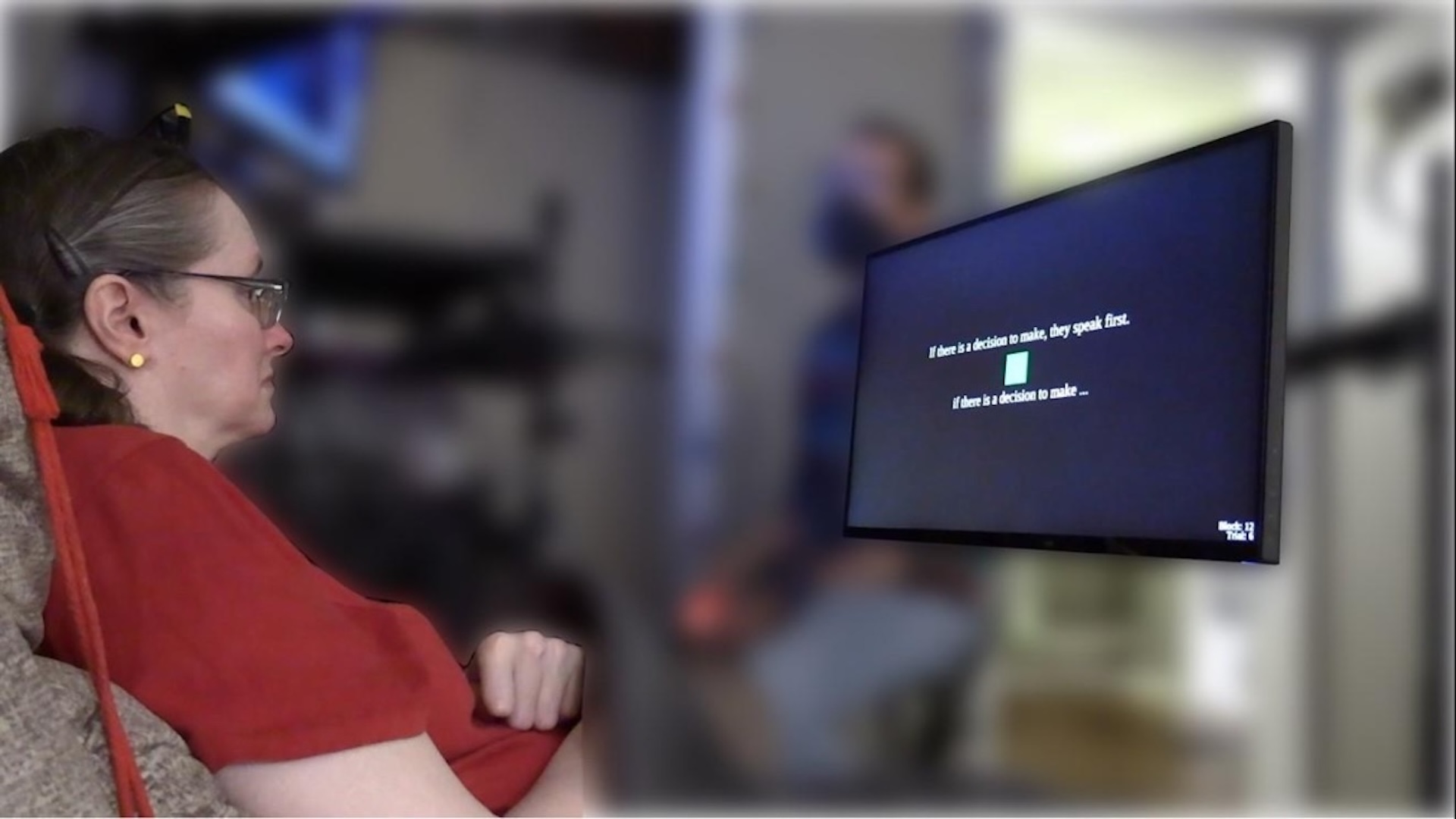YouTube's Shocking Silence: Are They Turning a Blind Eye to Child Abuse?

In a world where online platforms hold immense power, it’s disturbing to learn that some of the biggest names in social media are allegedly ignoring a significant issue: child sexual abuse materials on their sites. Recently, Australia’s eSafety Commissioner revealed that YouTube, along with other major companies like Apple, has failed to adequately respond to reports of such heinous content.
On Wednesday, the eSafety Commissioner released a scathing report highlighting these companies' lackluster efforts to track and manage reports of child exploitation. Particularly concerning was YouTube's unresponsiveness to queries regarding the number of reports of child sexual abuse material it received and the duration it took to respond to such alarming concerns.
The Australian government, taking a bold stance last week, decided to include YouTube in its groundbreaking social media ban aimed at teenagers. This decision came after the eSafety Commissioner urged a reversal of the planned exemption for Google's popular video-sharing platform. Julie Inman Grant, the eSafety Commissioner, expressed her frustration, stating, “When left to their own devices, these companies aren’t prioritizing the protection of children and are seemingly turning a blind eye to crimes occurring on their services.”
Grant’s words resonate deeply. She pointed out, “No other consumer-facing industry would be given the license to operate by enabling such heinous crimes against children on their premises or services.” This raises a compelling question — how do we hold these platforms accountable?
Google has previously declared that abusive material has no place on its platforms, claiming to employ various industry-standard techniques to identify and eliminate such content. Meanwhile, Meta, the parent company of Facebook, Instagram, and Threads, which collectively boast over 3 billion users, asserts that it prohibits graphic videos. But is this enough?
The eSafety Commissioner, established to safeguard internet users, has mandated prominent tech companies, including Apple, Discord, Google, and Meta, to report on their strategies for tackling child exploitation and abusive materials in Australia. However, a recent evaluation of their responses highlighted troubling safety deficiencies across these platforms, which only heightens the risk of child sexual exploitation and abuse material proliferating.
Among the glaring issues were failures to detect and prevent the live streaming of abusive content, inadequate reporting mechanisms, and a lack of effective link blocking to known abusive materials. The report pointed out that platforms were not utilizing “hash-matching” technology across all areas of their services to identify child sexual abuse images, which could significantly enhance detection efforts.
Despite previous notifications from the Australian regulator, several providers, including Apple and Google with their YouTube platform, have not made any meaningful improvements to address these glaring safety gaps. Inman Grant lamented that they didn’t even respond to basic inquiries regarding user reports and their staffing of trust and safety personnel.
This alarming lack of accountability raises serious concerns about the responsibility of tech giants in protecting vulnerable users. As social media continues to play a central role in our lives, how can we ensure safety for our children?


























